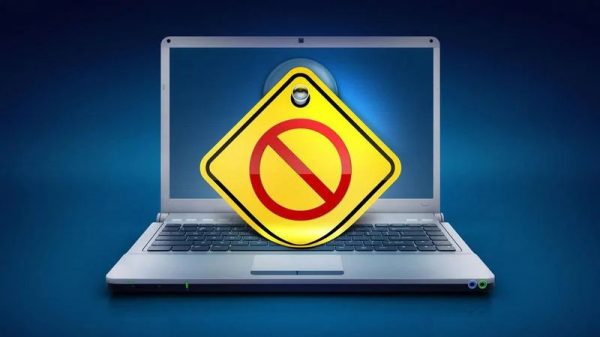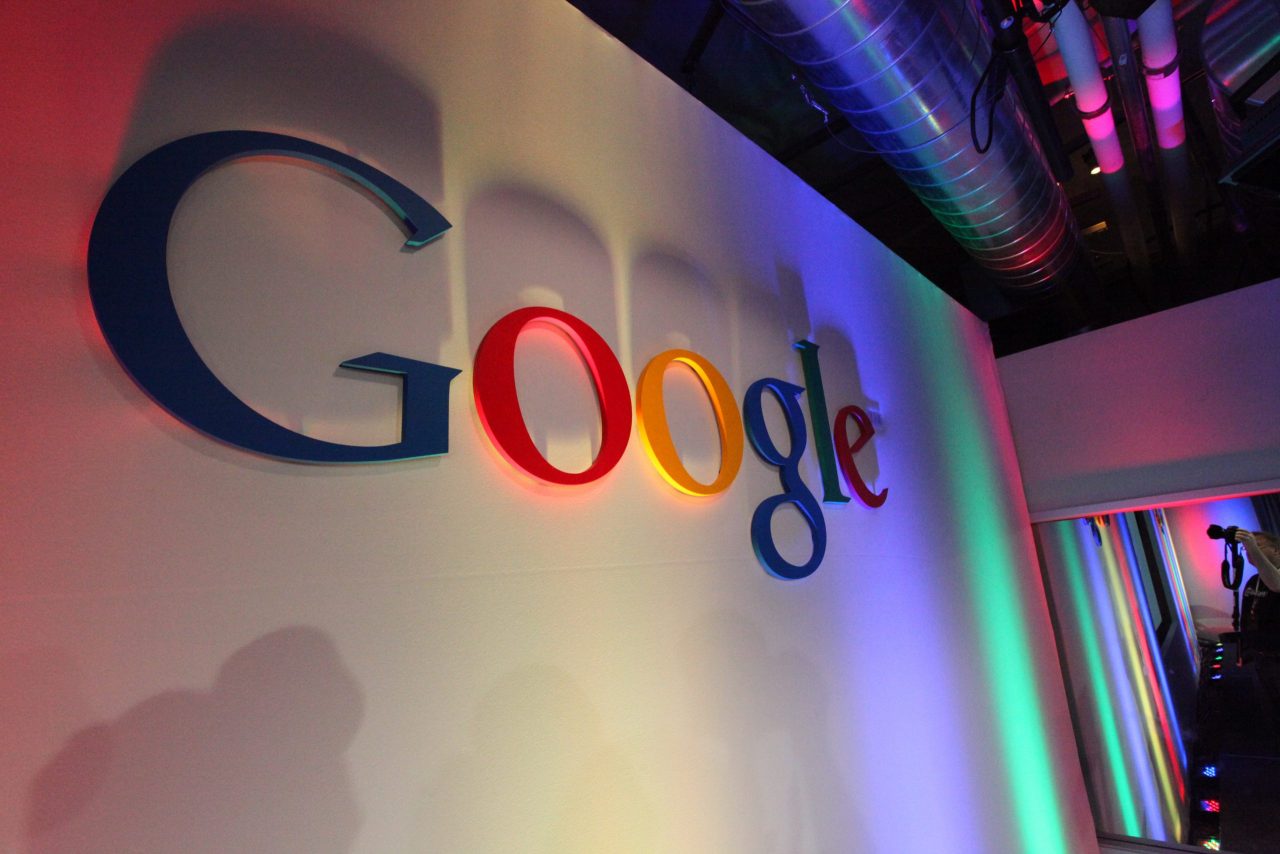The US Supreme Court on April 5 ruled that Google did not act improperly when it copied thousands of lines of code from Oracle's Java SE platform into its Android OS's code. The opinion has significant implications for copyright and fair use, so it's worth exploring in detail. Here's a breakdown of the ruling. The copied code was fair use: Even though 11,500 lines of code were copied into Android code (which no longer exist in the OS's code), the court held that the way Google used the code grants it "fair use" protections, meaning it was legal and appropriate. Negative consequences of copyright: The court worked on the assumption that Oracle's code was copyrightable, but said that "Congress and the courts have limited the scope of copyright protection to ensure that a copyright holder’s monopoly does not harm the public interest," a test they ruled Oracle's suit failed. "It can focus on the legitimate need to provide incentives to produce copyrighted material while examining the extent to which yet further protection creates unrelated or illegitimate harms in other markets or to the development of other products," the ruling said. Computer programs and monopolies: While code is copyrightable, the justices said that "Computer programs differ to some extent from many other copyrightable works because computer programs always serve a functional purpose. Because of these differences, fair use has an important role to play for computer programs by providing a context based check that keeps the copyright monopoly afforded to computer…





























